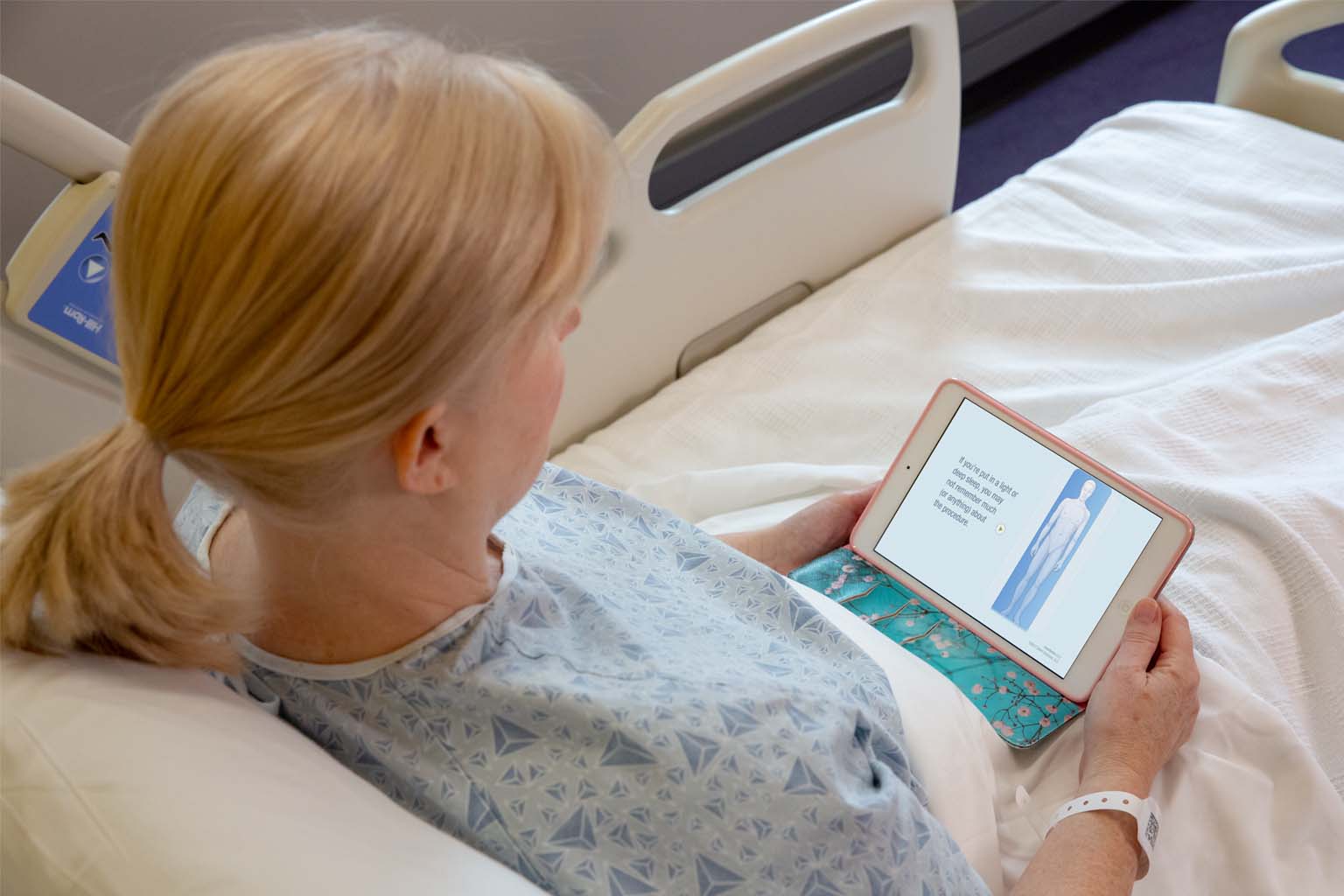Clinical decision support (CDS) systems have been aiding in healthcare delivery for decades by supporting healthcare professionals’ decisions with targeted clinical knowledge, patient information, medication-related recommendations, and other evidence-based guidance.
As technology has improved and CDS has become more context-sensitive, technologically advanced, and clinician user-friendly, studies have shown that CDS systems have generally been successful in helping improve patient outcomes by:
- Reducing prescribing and dosing errors and contraindications.
- Increasing adherence to clinical guidelines.
- Contributing to cost reductions through helping reduce average length of stay and test duplications.
- Supporting laboratory testing and interpretation.
In recent years, however, healthcare delivery has undergone a profound shift driven, in part, by the rapid expansion of technology and the growing generations of younger, tech-savvy clinicians and healthcare professionals raised in a digital world who expect and prefer efficient technology solutions as much as their patients do. But it also been marked by challenges, including increasing administrative pressures on health systems and care teams and well-documented increases in professional burnout.
Throughout all of this change, UpToDate® evidence-based clinical decision support has earned and maintained the trust of healthcare leaders, major health systems and organizations, and clinicians worldwide for providing efficient access to the latest clinical evidence at the point of care. Universally respected for over 30 years for its rigorous editorial process, UpToDate is used over 1.6 million times a day by more than 3 million professionals at more than 50,100 healthcare institutions to help empower clinicians to make confident decisions, saving them valuable time and enhancing care management to assist in addressing administrative burdens.




